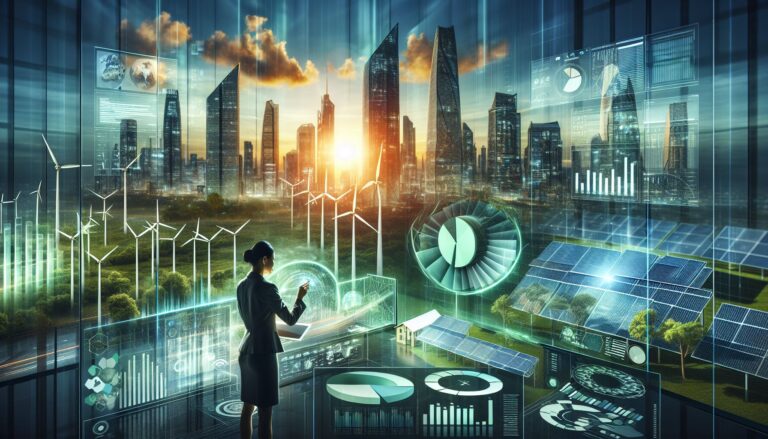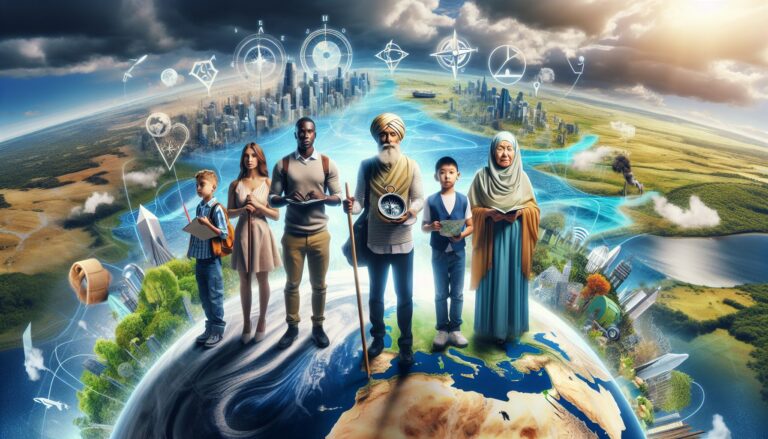The world is at a critical juncture where the urgency of addressing environmental issues looms larger than ever before. Climate change, biodiversity loss, and pollution have become pressing concerns that demand immediate action. As we dive deeper into the complexities of the present environmental landscape, we uncover a tapestry of interconnected trends that hold immense implications for businesses and societies around the globe.
The Current State of the Environment
The current state of our environment is marred by alarming data. Rising temperatures, melting ice caps, and escalating natural disasters highlight the devastating impact of climate change. In addition, deforestation and habitat destruction threaten the delicate balance of ecosystems, leading to the alarming decline of biodiversity. Meanwhile, pollution, whether it be air, water, or soil, poses severe threats to human health and well-being. These environmental challenges are not isolated incidents but rather interconnected phenomena that demand comprehensive analysis.
Unveiling the Tapestry of Trends
To fully comprehend the implications of current environmental trends, we must delve into the intricate web of relationships at play. The transition to clean energy sources, for instance, is not just a matter of reducing greenhouse gas emissions. It also presents an opportunity for businesses to innovate and embrace sustainable practices, thus improving their long-term viability. Moreover, the rise of sustainable consumption and the demand for eco-friendly products signal a paradigm shift in consumer behavior, with companies needing to adapt or risk obsolescence.
Additionally, the scarcity of natural resources raises concerns about their availability in the future. Businesses must adopt circular economy models that prioritize recycling and waste reduction to ensure their resilience in the face of resource depletion. Moreover, as governments and international bodies push for stricter regulations on emissions and waste management, savvy companies that proactively implement sustainable practices will gain a competitive advantage.
Drawing Connections and Envisioning the Future
The implications of these environmental trends extend beyond the realm of business. Climate change, for instance, can exacerbate social and economic inequalities, disproportionately affecting vulnerable communities. The interconnectedness of these trends necessitates a holistic approach to sustainable development, calling for collaboration between governments, businesses, and civil society.
However, it is not all doom and gloom. By seizing the momentum of these environmental trends, we can shape a future that prioritizes planetary well-being alongside economic prosperity. Investing in renewable energy and clean technologies can create jobs and stimulate economic growth. Embracing sustainability can foster innovation, unlocking new opportunities for businesses to thrive in a world that demands environmental consciousness.
In Conclusion
The environmental trends prevailing today have far-reaching implications that cannot be ignored. To ensure a sustainable future, it is crucial for businesses and societies to recognize the interconnectedness of these trends and act accordingly. By adopting sustainable practices, promoting innovation, and fostering collaboration, we can navigate the intricate dance between environmental preservation and economic prosperity. Together, we can craft a future where business and the environment engage in a symbiotic relationship, ensuring a planet that thrives for generations to come.

